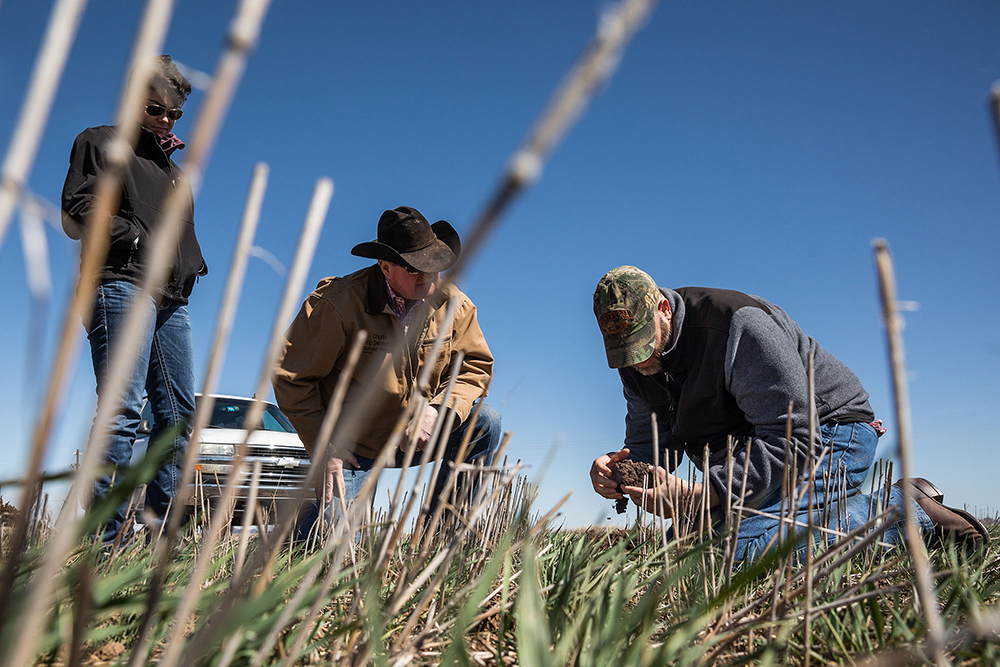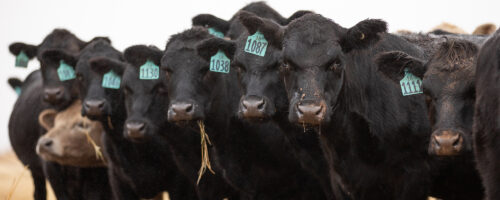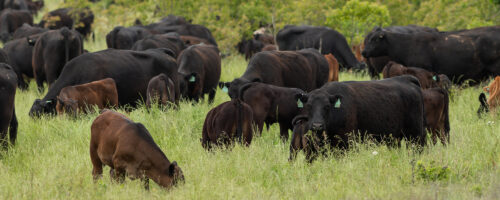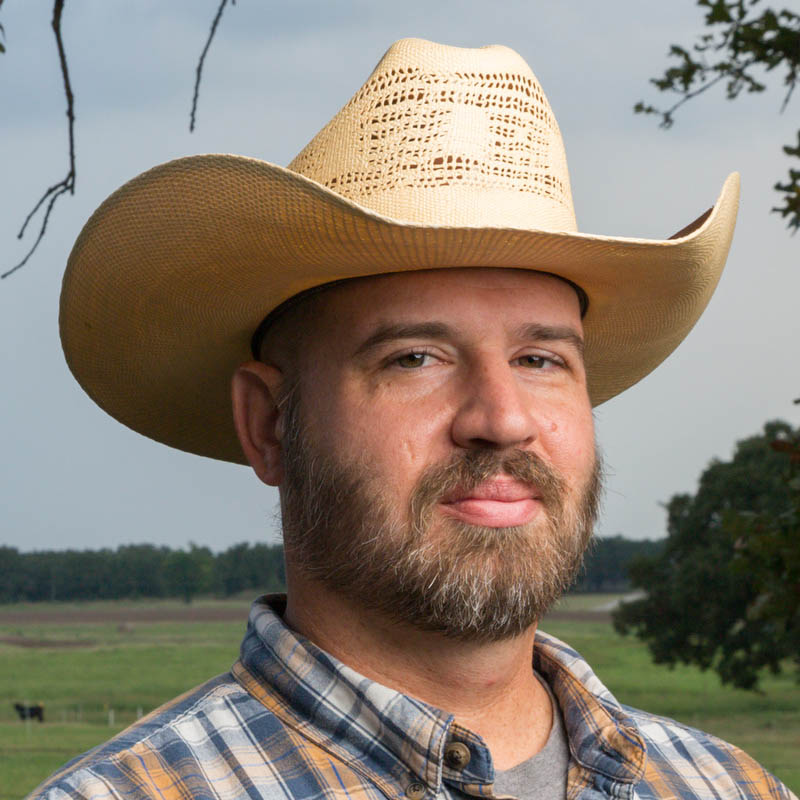Cover crops have gained a great deal of popularity in the past several years. Producers often contact us wanting information about which cover crop they should grow. Before we can give a good answer, we must first ask and answer a multitude of other questions.

Examining Cover Crops
Wondering what cover crop to grow? Three key questions must be answered before a cover crop is planted.
1. What are your goals for the cover crop?
This is the first and most important consideration.
Are you growing a cover crop to keep the soil covered, provide living roots, provide habitat for pollinators and other beneficial insects, fix nitrogen in the soil, break a compacted soil layer, provide pest control, or some combination of these or many other potential goals?
Answering this question helps determine if a cover crop is the right tool to use and which cover crop plant species could be most beneficial.
2. What About Pesticides?
In order of importance, herbicide use is probably the second most important factor when considering cover crops. What herbicides have been applied in the previous two seasons? Many herbicides can have residual activity that will prevent some cover crops from germinating or growing well for up to two years after application. Can cover crop planting and termination be done without herbicides? Yes! It is possible to plant and terminate cover crops without using herbicides by planting green, using a grazing or harvest event, or using the weather and natural senescence, but these things need to be considered in advance.
Have you thought about how to deal with other pest issues like insects? Cover crops can be grown without pesticides if there is a plan to deal with those pests in another way. Grazing animals can be a tool to remedy many weed and insect problems.
3. What Resources Do You Have?
Before you decide to grow a cover crop, inventory your resources to determine what is feasible. Consider:
- What are your soils and weather like?
- Can an appropriate seedbed be prepared, and are planters or seed drills available?
- What is your knowledge level, skill set, time availability and management ability?
- Do you have sufficient financial assets to purchase seed and pay for other management inputs?
- Are the appropriate seeds available locally or will they need to be ordered and shipped in?
Other Considerations
For some growers, crop insurance and government farm programs may limit cover crop activities. Other complications may arise from lenders, partners or, in the case of tenant farmers, landowners. These challenges don’t necessarily rule out the use of cover crops. A cover crop just needs to be well thought out ahead of time.
Thinking through all these considerations ahead of time will help determine if cover crops are right for you.


Comment
Leave a Reply
2 comment on: "So You Want To Grow Cover Crops: 3 Questions to Ask Before You Start""

Aurelia Eubanks
September 27, 2025We purchased 10 acres in West Texas. Lots of wind and weeds. I want to grow crops and graze a few lambs and meat hens, but feel I should make healthy pastures to rotate the animals. My first yr I had reasonable success with okra, tomatoes, corn and black eyed peas But last year absolutely nothing grew. I believe this was a pig farm some years back.
I thought using a fall cover crop would help. My experience: 20 acres of healthy soil close to Waco Tx. Big organic garden with lambs and chickens. No body talks about the issues of gardening in 80 mile an hr winds where u don’t have lush tree wind breaks. I have planted 60 trees to try to help. Haven’t found anyone selling truck loads of organic compost or bulk seeds.
Your help is appreciated.
Taner, Noble Research Institute
September 30, 2025You’re on the right track with cover crops, rotational grazing, and planting windbreaks to help your garden and pastures thrive in tough conditions. Managing wind and rebuilding soil health will make a big difference over time.